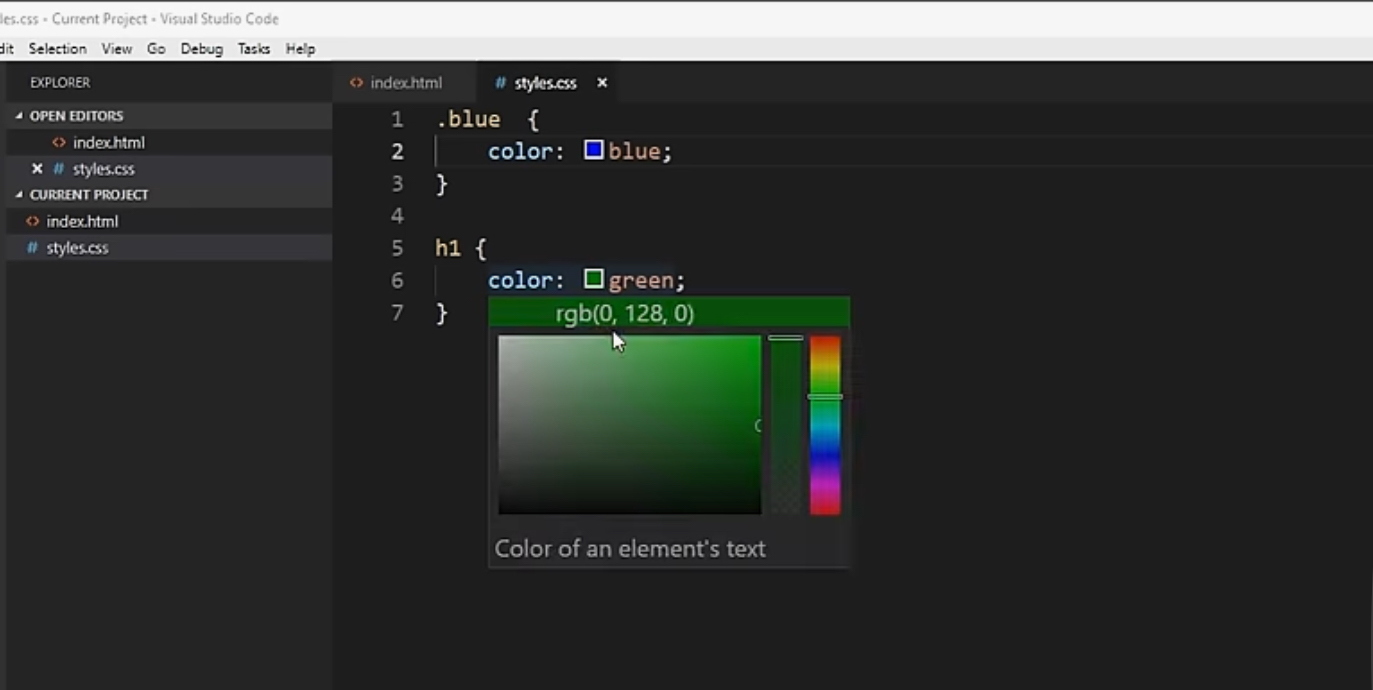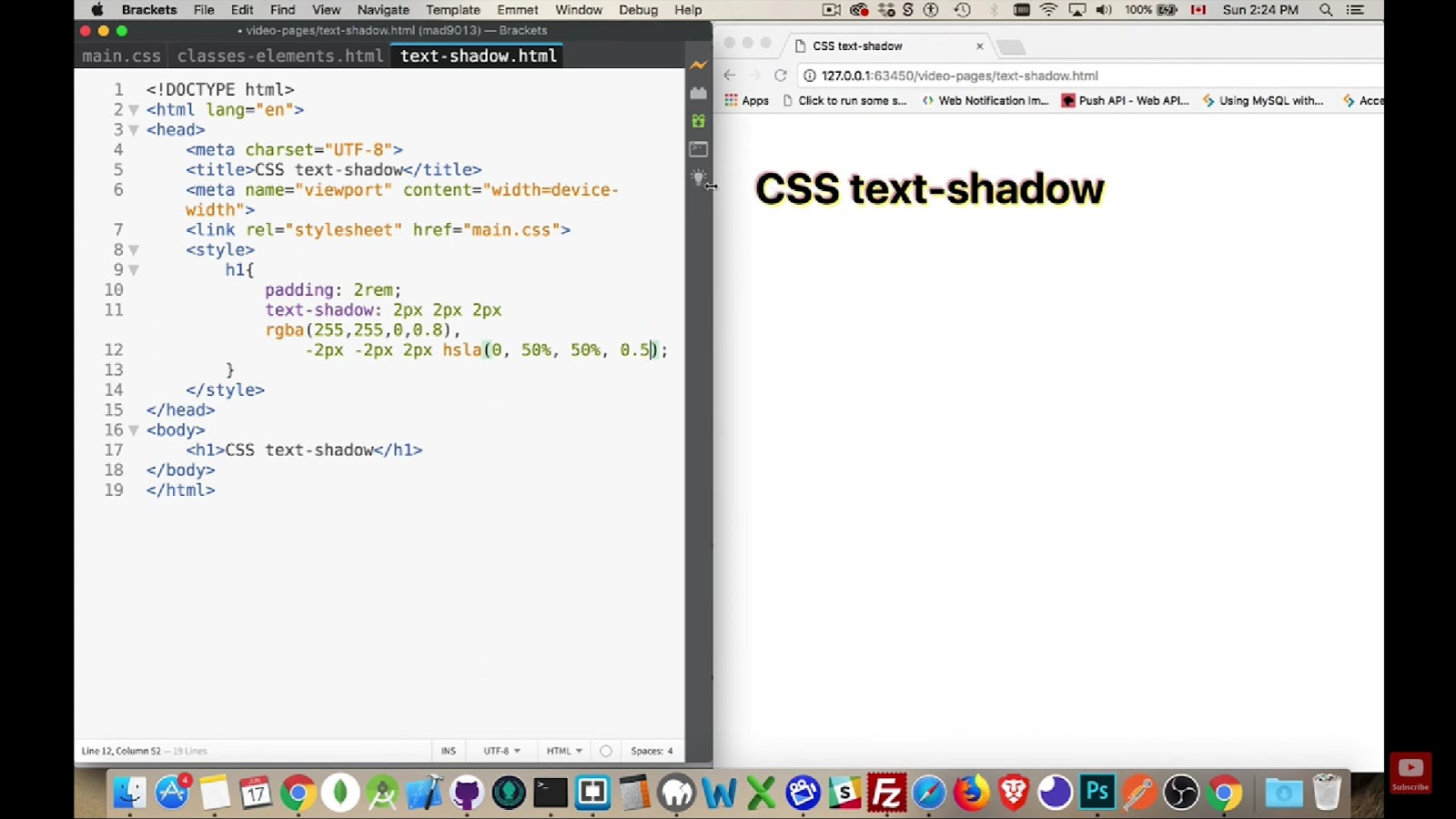CSS (Cascading Style Sheets) is the basis for designing web pages and making them look attractive. Understanding CSS syntax is a key skill for a web developer. In this article, we will break down the basics of CSS syntax, step by step, to help you master this style language.
The concept of CSS rules
CSS works on the basis of rules that define how styles are applied to elements on a web page. Each rule consists of a selector and a style declaration block.
Example of a CSS rule:
selector {
property: value;
}CSS selectors
Selectors indicate the elements on a web page to which styles should be applied. There are several types of selectors, including selectors for element type, classes, identifiers, attributes, and other element characteristics.
Examples of different selectors are:
/* Selector by element type */
p {
color: blue;
}/* Selector by class */
.button {
background-color: red;
}/* Selector by ID */header {font-size: 24px;}CSS properties and values
CSS properties determine which styles should be applied to selected elements. Each property has a specific value that indicates which style should be applied.
Examples of properties and values:
/* Property and value */
color: blue;/* Other property and value */
font-size: 16px;Cascading and prioritization
CSS obeys the cascading rule, which determines which styles should be applied when an element has multiple rules. Rules with higher specificity or later application date have higher priority.
CSS comments
Comments in CSS are used to add explanations and notes to code. Comments are ignored by the browser and do not affect the display of the web page.
Example comment:
/* This is a comment */Conclusion
Learning CSS syntax is an important step for any web developer. Understanding the basic concepts and elements of CSS syntax will help you create stylish and attractive web pages. Practice and experiment with CSS and you will quickly become a confident owner of this powerful style language.



